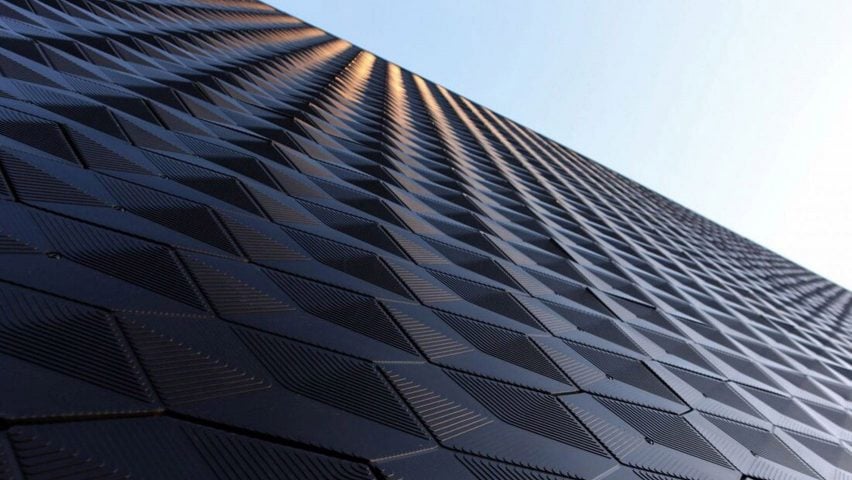
Ten future materials that could change the way we build
Following news that hemp could be used as a low-cost, low-carbon way of reinforcing concrete, here are 10 promising new construction materials including plastic that's stronger than steel and 3D-printed mushroom columns.
Researchers are developing materials that perform better or that tread more lightly on the planet – and ideally do both.
In the near future, natural materials including hemp and mycelium as well as synthetic ones such as carbon fibre and high-performance plastics could play a much bigger part in the construction process.
Here are ten innovative new materials from our archive:
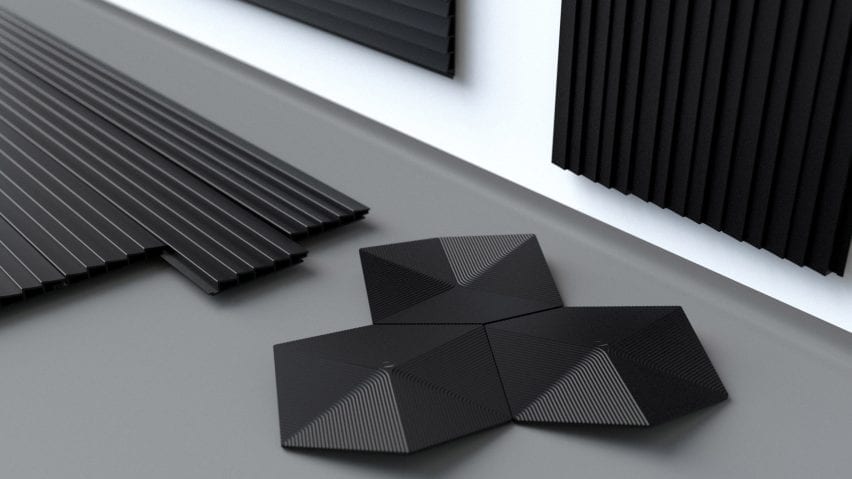
German start-up Made of Air produces bioplastic from forest and farm waste that sequesters carbon and can be used to make objects including cladding.
Hexagonal panels dubbed HexChar were installed on an Audi dealership in Munich last year, marking the first time the product had been used on a building.
Find out more about biochar cladding ›

Carbon-fibre reinforced concrete
This newly developed type of concrete is strengthened with carbon-fibre yarn, so far less concrete is needed for a structure of the same strength.
Researchers at the Technical University of Dresden have been working with German architecture firm Henn to create the building made from this "carbon concrete", which will be named The Cube.
Find out more about carbon-fibre reinforced concrete ›
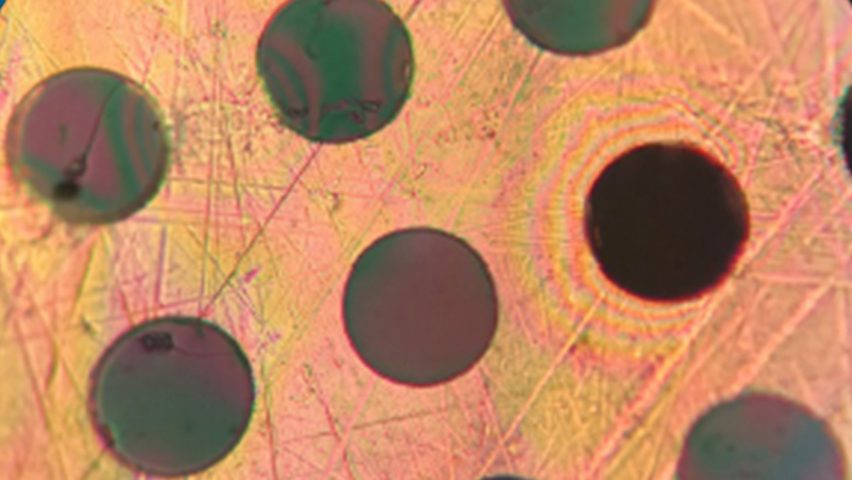
Invented by Massachusetts Institute of Technology chemical engineers, 2DPA-1 is light and mouldable like all plastics, while being twice as strong as steel.
Synthesised using a new polymerisation process, it will first be used as an ultrathin coating to enhance the durability of objects, but could one day be developed into a structural reinforcement material for buildings.
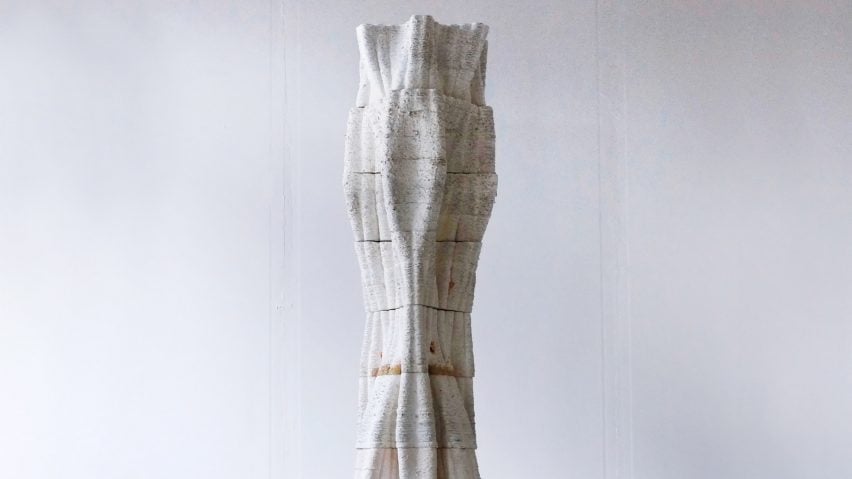
There are many ways of using mycelium, which is the branching, vegetative part of a fungus, for construction.
One is Blast Studio's 3D-printing method, which the London practice used to make a two-metre-high column that can be used as a load-bearing architectural element. It also yields a mushroom crop.
Find out more about 3D-printed mycelium ›
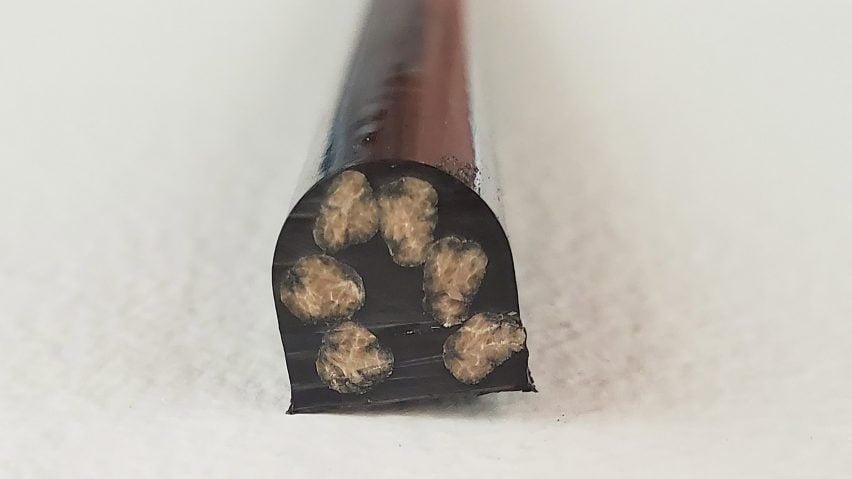
Made of one of the world's most carbon-sequestering plants, hemp rebar is currently in development at the USA's Rensselaer Polytechnic Institute.
It aims to be a low-cost, low-carbon alternative to standard steel rebar that also avoids the problem of corrosion, extending the lifespan of concrete structures.
Find out more about hemp rebar ›
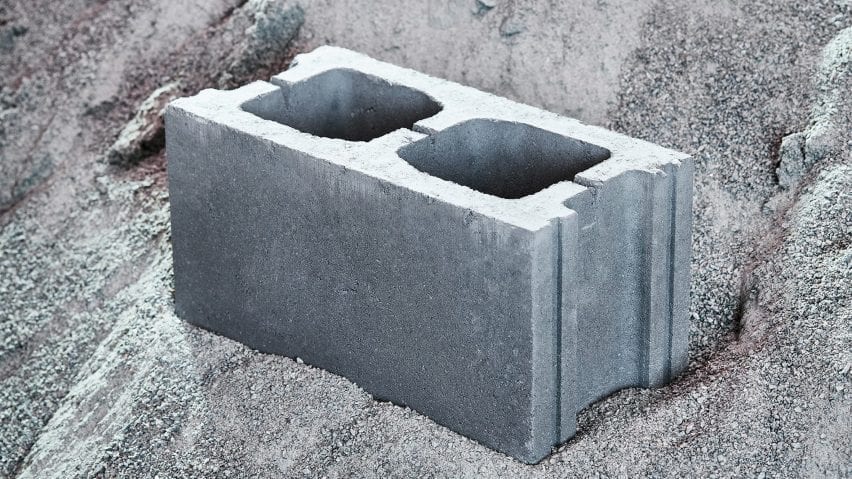
Carbon-sequestering Carbicrete
Canadian company Carbicrete has developed a method for sequestering carbon in concrete, claiming its product captures more carbon than it emits.
Instead of calcium-based cement, which is highly CO2 emitting, Carbicrete relies on waste slag from the steel industry plus carbon captured from industrial plants. It has been used to make concrete masonry units and precast panels.
Find out more about carbon-sequestering Carbicrete ›
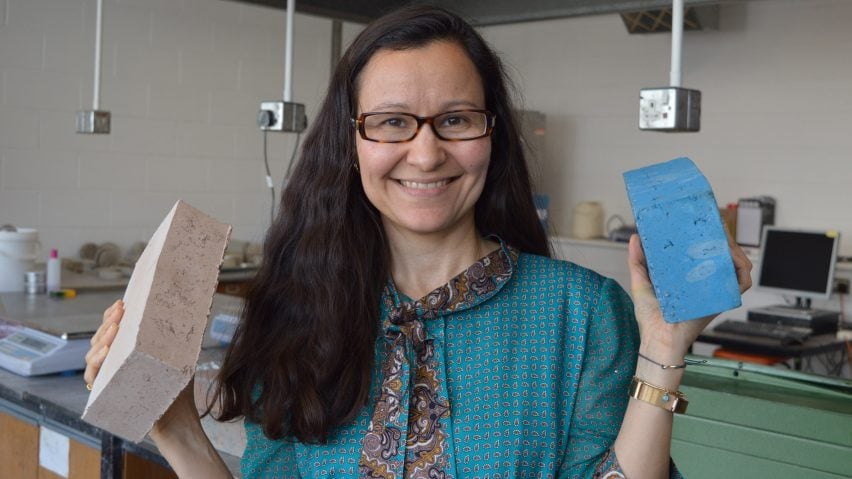
K-Briq construction waste bricks
Invented by engineering professor Gabriela Medero at Edinburgh's Heriot-Watt University and launched through her startup Kenoteq, the K-Briq is made of 90 per cent construction waste and is unfired.
The low-carbon alternative to regular bricks is already available to order in standard or bespoke colours.
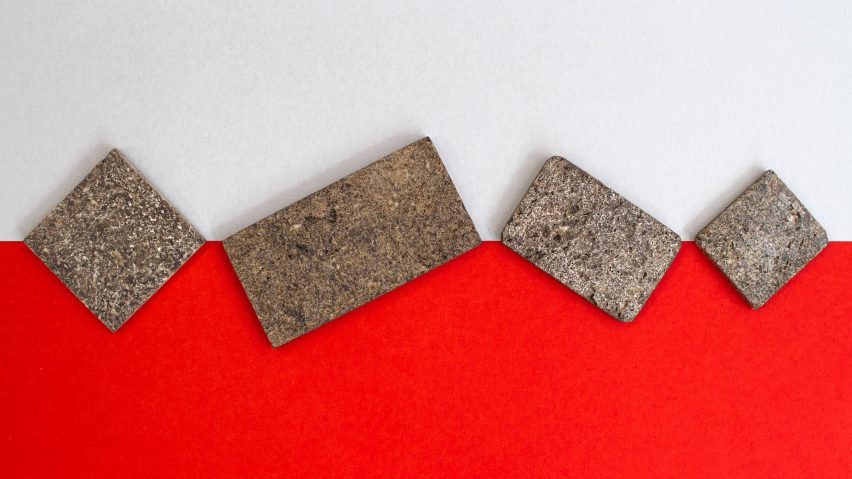
Chipboard from potato peelings
London-based designers Rowan Minkley and Robert Nicoll created this eco-friendly alternative to single-use materials like MDF and chipboard.
Called Chip[s] Board, it is created from potato peelings and made without formaldehyde or other toxic resins, and can be used as a building material.
Find out more about chipboard from potato peelings ›
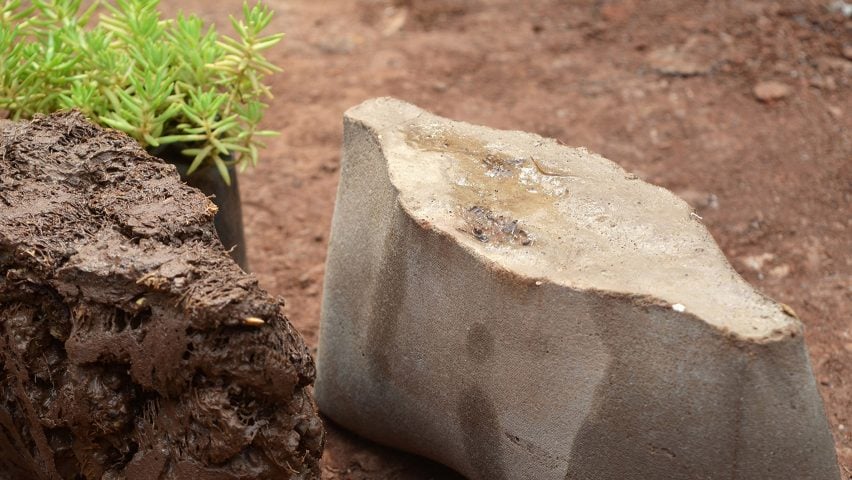
Engineered by researchers at the Indian School of Design and Innovation in Mumbai, these bio-bricks are made of soil, cement, charcoal and organic luffa fibres – better known as loofah, the plant commonly used for bath sponges.
The natural gaps in the loofah's fibrous network enable the bricks to double as a home for animal and plant life, increasing the biodiversity of cities.
Find out more about Green Charcoal loofah bricks ›
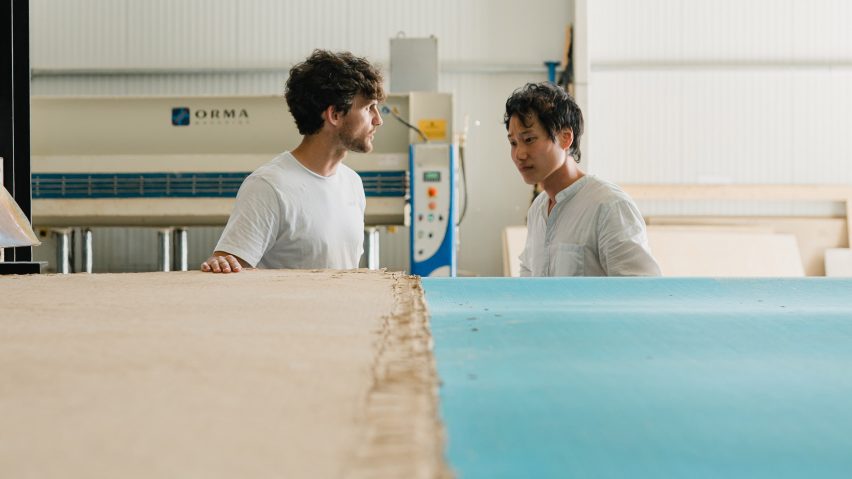
Waste paper construction board
Honext's construction board is made of paper that has already gone through several reuse cycles, meaning that the remaining cellulose fibres are too short to be bound together in order for it to be made into paper again.
Honext mixes together the waste cellulose fibres with water and enzymes to make the boards, which can be used for interior partitioning or cladding.
Find out more about waste paper construction board ›
Dezeen is on WeChat!
Click here to read the Chinese version of this article on Dezeen's official WeChat account, where we publish daily architecture and design news and projects in Simplified Chinese.